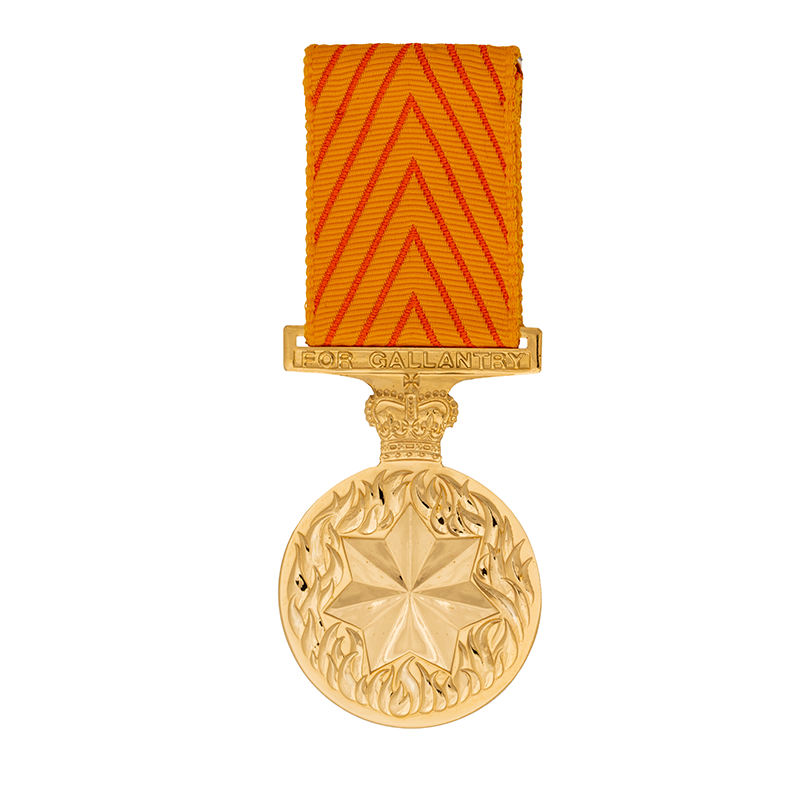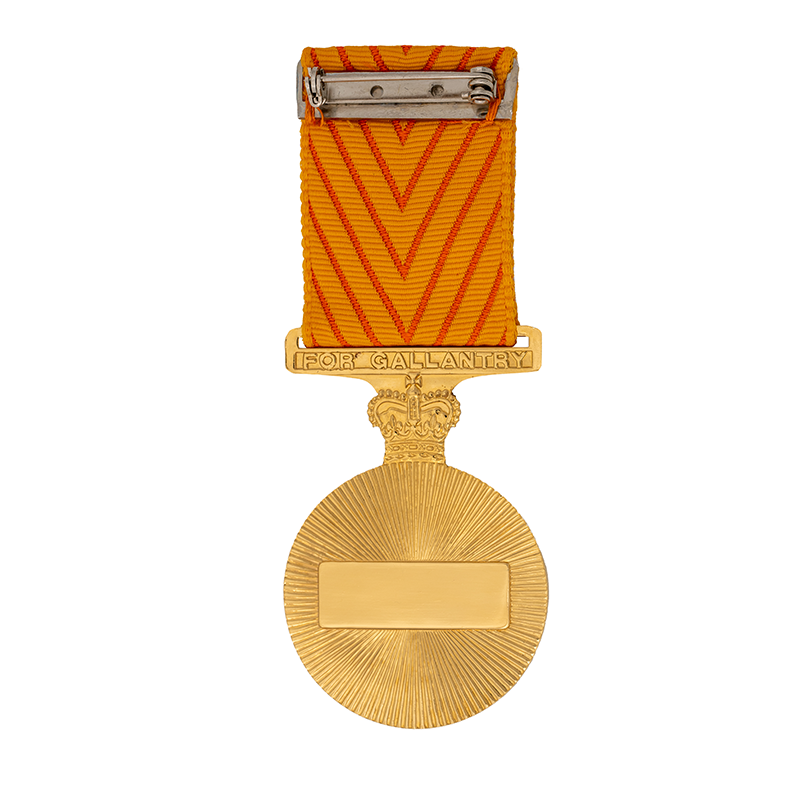The Medal for Gallantry is awarded to military personnel for acts of gallantry in action in hazardous circumstances.


How it is awarded
The Governor-General makes the award on the recommendation of the Minister for Defence. The Governor-General may also delegate his/her power to make immediate awards to military commanders in the field.
If the same person receives a further gallantry award it is in the form of a gold-plated silver bar displaying the medal emblem. The bar is attached to the ribbon of the original award.
Recipients are entitled to use the post-nominal MG.
The Medal for Gallantry may be awarded posthumously.
History
Heroic courage by members of a country’s armed forces in action or under fire has long been rewarded with a decoration or award.
Australia’s highest-ranking military award is the Victoria Cross for Australia.
The Gallantry Decorations were introduced into the Australian honours system on 15 January 1991 by Letters Patent.
The Medal for Gallantry ranks second in the Gallantry Decorations:
- Star of Gallantry
- Medal for Gallantry
- Commendation for Gallantry
Medal design
The Medal for Gallantry is circular and is made of gold-plated silver. It is ensigned with the Crown of Saint Edward. The front of the medal bears a Federation Star, which is superimposed on a circle of flames. This image represents action under fire. The back of the medal shows a horizontal panel superimposed on a design of fluted rays.
Medal ribbon
The Medal for Gallantry is suspended from a 32 millimetre-wide ribbon by a narrow gold-plated silver suspender bar. The ribbon has a design of chevrons of light orange alternating with chevrons of deep orange angled at 60 degrees. The chevron pattern is placed as a stylised 'A' with the points facing upwards.
